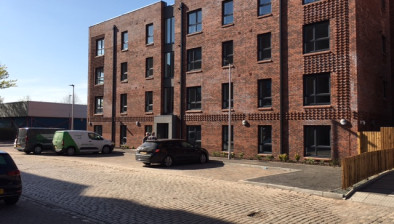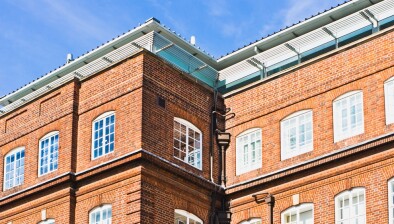UK: Smarter homes could save NHS and social care system ‘over £2.5bn a year’

Creating more modified homes which encourage older people to keep mentally and physically fit for longer could help save the NHS and social care system billions of pounds each year, according to a new report by the Institution of Mechanical Engineers.
The report, Healthy Homes: Accommodating an Ageing Population, calls for government to introduce financial incentives for construction companies to build for older living. It also recommends that product suppliers and manufacturers step up efforts to develop retrofit technology to allow people to live in their homes for longer.
Many older adults downscale as they become less active, but this often exacerbates mobility issues and the onset of frailty, resulting in higher risk of falls or injury and consequently non-elective visits to hospitals.
According to the report, physical inactivity costs the NHS £10bn a year, with £2.5bn spent on care as a result of poor housing. Allowing vulnerable people to remain in homes with significant hazards is costing the NHS nearly £414 million per year in initial treatment costs alone, it added.
Dr Helen Meese, lead author of the report and member of the Institution of Mechanical Engineers, said: “About seven million UK homes are headed by someone aged over 65 years, who will undoubtedly need some form of assistive technology to help with everyday living, within the coming decade.
“Homes built with older people in mind, as well as retrofit technology for our existing housing stock, could not only allow people to live in their homes for longer, but also massively reduce costs for the NHS and social care system.
“Furthermore, constructing or adapting homes with older people in mind presents a huge opportunity for construction firms and technology manufacturers. Contrary to popular belief, our growing ageing population is becoming more tech savvy and this will only increase in the decades to come. The ‘Grey Pound’ accounts for over 50% of consumer spending in the UK, which reached £72bn in 2017.
“Yet demand for smart equipment and devices for older people has so far been slow, as many are poorly designed and aesthetically unappealing. Instead of creating products only for older people, manufacturers should focus on creating products that are flexible and span the generations. As a way of encouraging this, manufacturers and construction firms should be required to include older people, such as retired engineers and designers, in product design schemes.”
The report argues that staying in one’s home into old age can improve health and wellbeing, and reduce the incidence of visits to hospital. Simple home modifications such as installing handrails, outside lighting and slip-resistant surfaces, which can cost as little as a few hundred pounds, have been shown to result in a 39% drop in injuries and a 26% drop in medical treatment. In addition to these simple modifications, the report also outlines the potential for new markets in smart technology to tackle our existing inadequate housing stock.
The report calls for construction companies to be required to include a significant proportion of older people in their product design teams and especially in national infrastructure projects. The UK has a growing number of retired professional engineers and designers, all with significant experience in their professions and a first-hand understanding of their own conditions, which should be capitalised upon.
The Healthy Homes report recommends:







